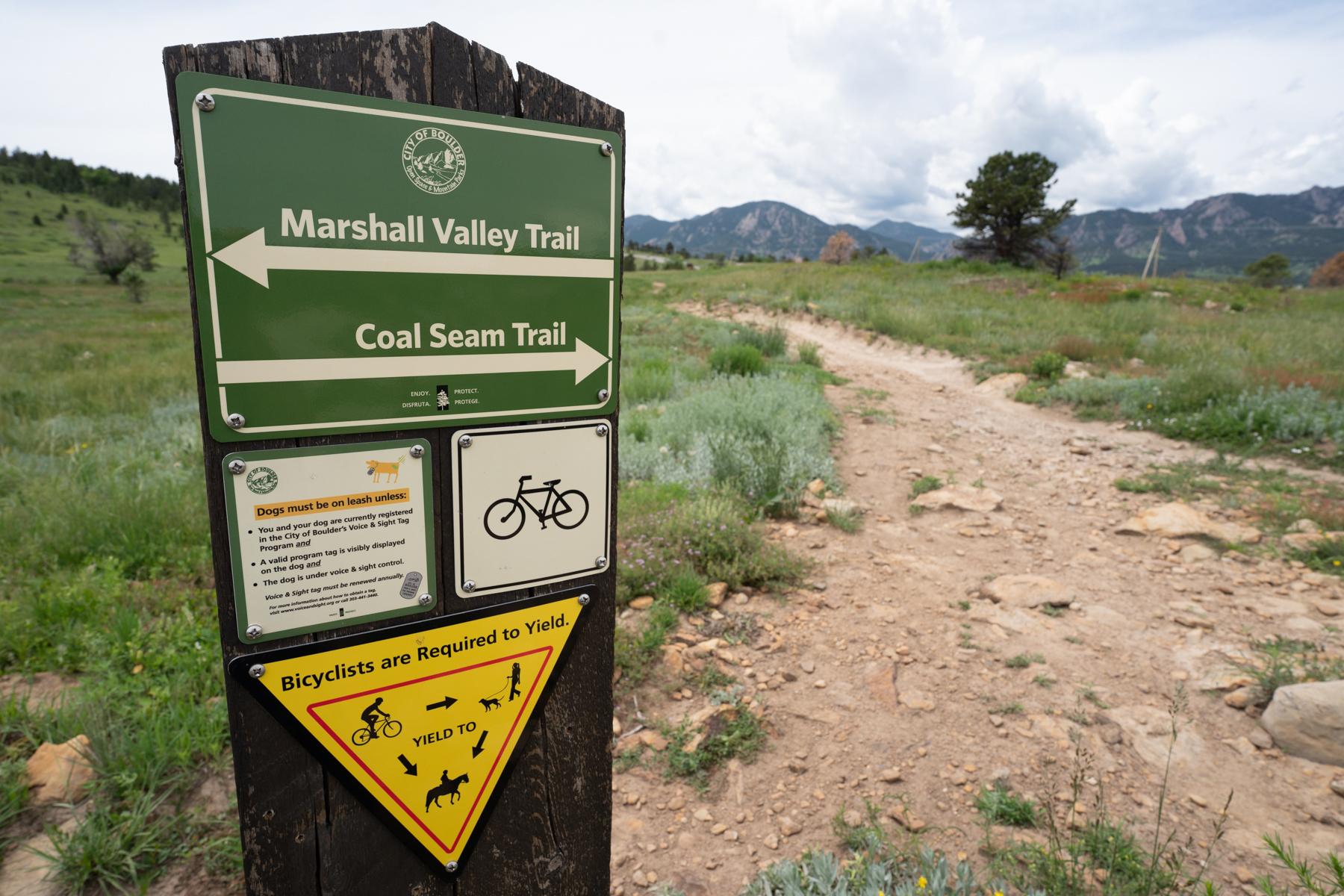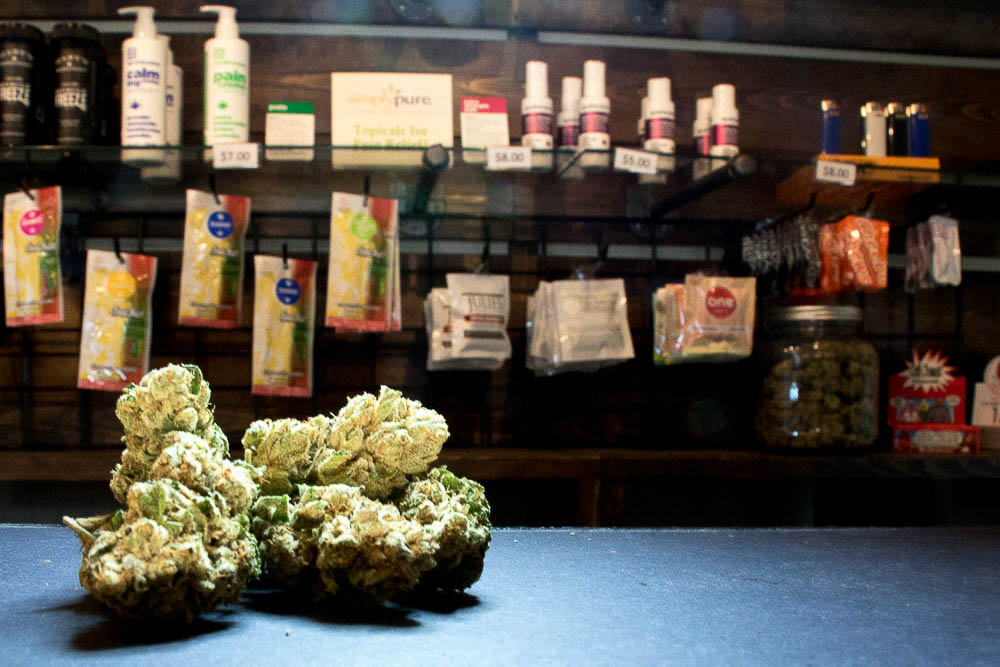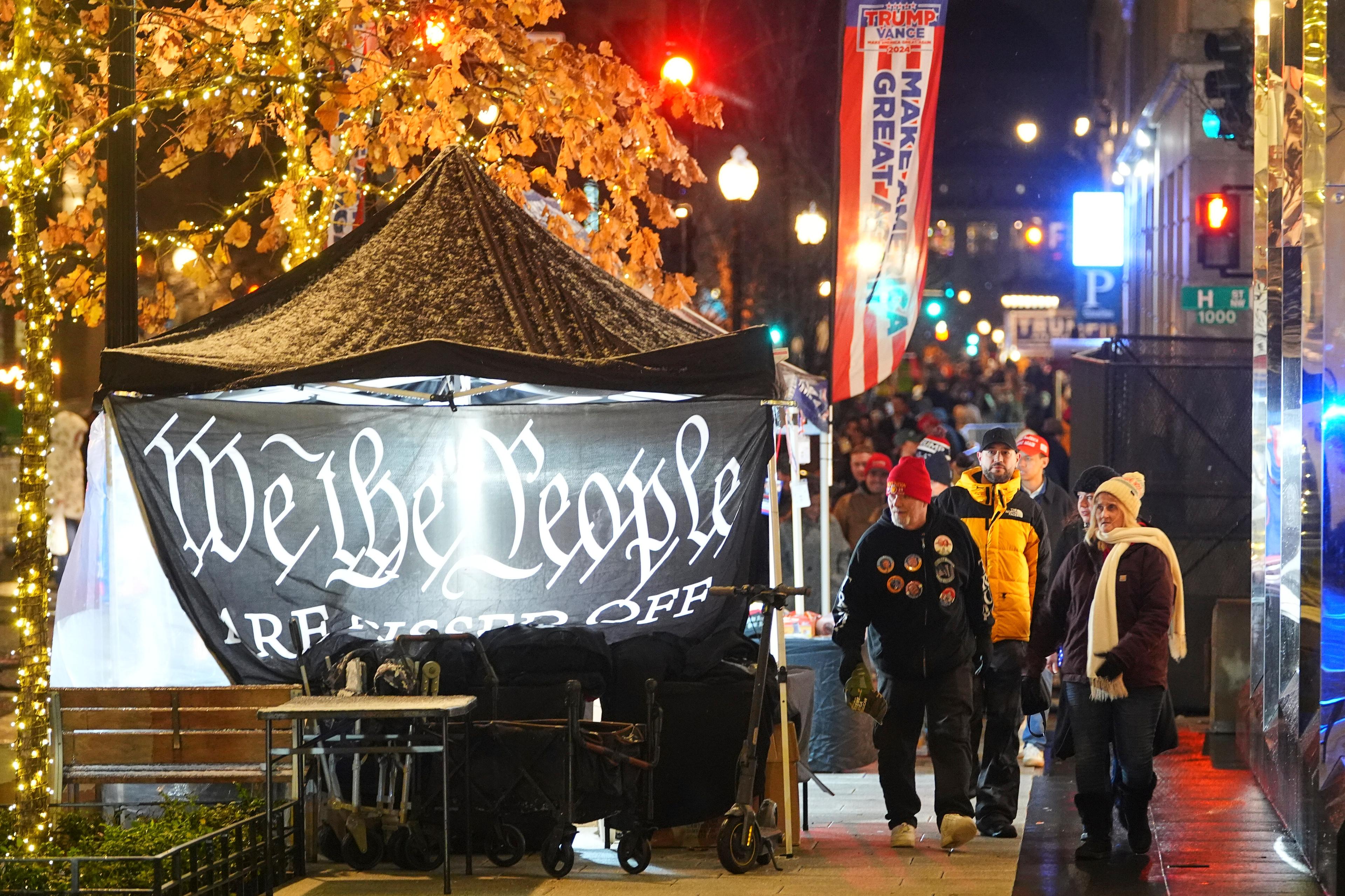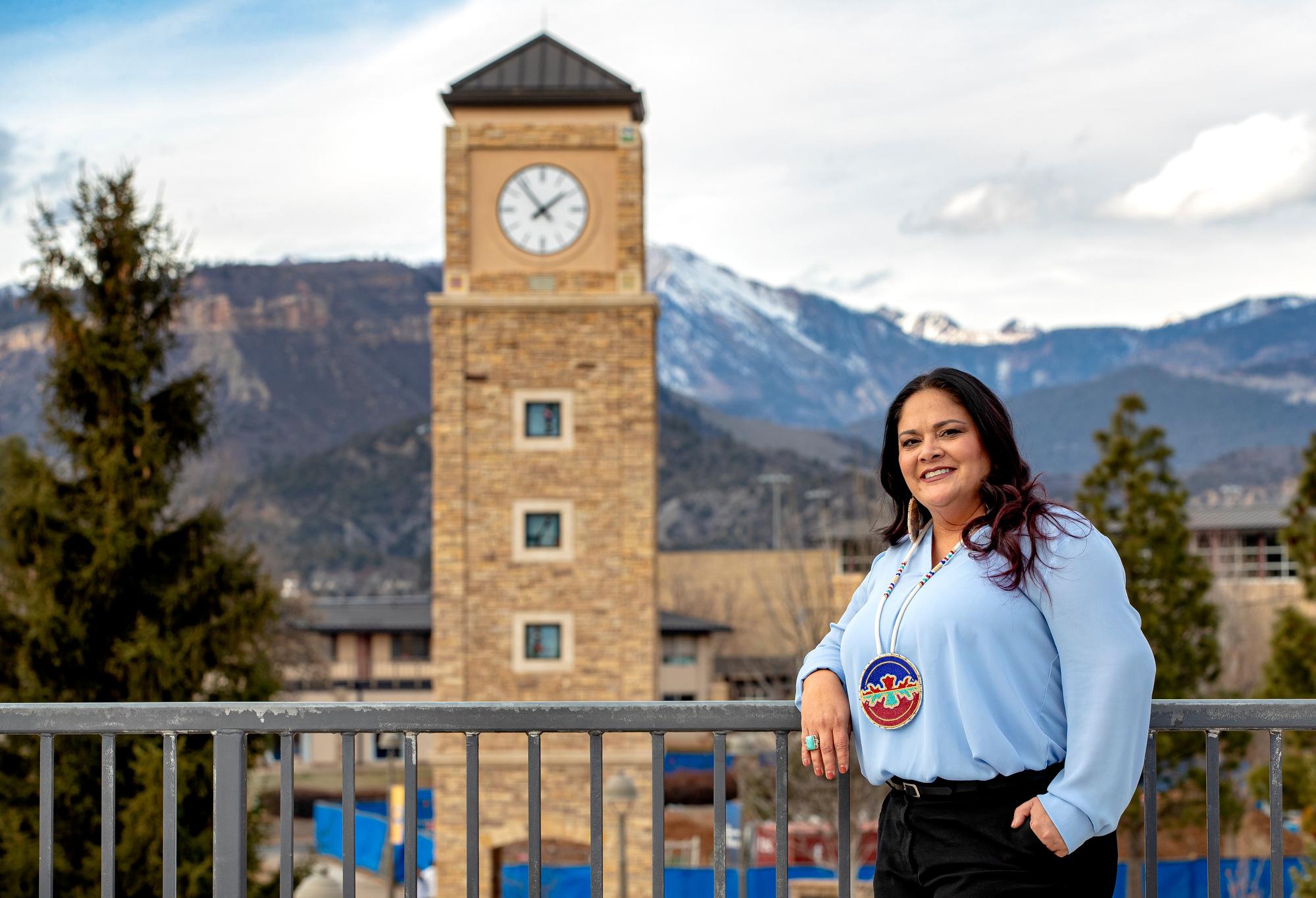
In November, crews hired by Colorado’s natural resources department descended onto a popular south Boulder trailhead, digging up patches of an underground coal seam that had been smoldering since potentially the late 1800s.
It’s an area that hosts thousands of visitors yearly but is also intertwined with the deadly 2021 Marshall Fire, which ignited nearby. In 2023, county investigators wrote it was unlikely the coal seam was the fire’s cause, but the seam likely did start smaller fires in the 2000s, according to Jeff Graves, program director for Colorado’s Inactive Mine Reclamation Program.
Now, the possibility of another ignition seems remote. On Thursday morning, the state formally announced that the seam is no longer smoldering and is unlikely to reignite, and handed control of the revegetated site back to Boulder.
“We all remember so well the devastation of the Marshall Fire not too long ago, right here in our community,” said U.S. Representative Joe Neguse during a press conference.
“And to know that this particular threat will now be resolved long into the future is an important preventative step that I think the state of Colorado and our local government partners should be deeply proud of.”
Boulder will now remodel the trailhead and add a plaza, restrooms, accessible parking and trails, as well as “nature discovery” areas for children. The new facilities should open by Fall 2025, and can also be accessed by the city’s Eldorado shuttle and a nearby CDOT park-and-ride, according to Jeff Haley, deputy director of Boulder’s Open Space and Mountain Parks department.
The 2021 federal Bipartisan Infrastructure Law funded most of the excavation work, in addition to funnelling billions to projects across the state. The state relied on smaller efforts, like clearing brush, to keep the area’s wildfire risk in check before the infusion of federal funds.
But, President Trump’s recent funding freeze briefly held up this project, as it did for thousands across the country. Through executive orders and federal budget office memos, the freeze targeted programs under what the administration called “the Green New Deal,” but in reality swept up everything from aid to farmers to money to rebuild an old grain elevator. Several federal judges have ordered funds to start flowing again, though some projects are still waiting.
Funding for Boulder’s project was frozen but reopened yesterday.
“With that uncertainty, we did pause that project schedule on a few things,” said Graves, adding they still completed work ahead of schedule.
That largely involved using trailer-sized bulldozers to excavate hotspots, mixing the ground with non-combustible soil, and dumping the mix back into the excavated pit. Crews used drones and temperature sensors to monitor the site, and once recorded a temperature of 535 degrees Fahrenheit, under the old parking lot.
Crews also installed an underground water cistern that can be used by Mountain View Fire Rescue to protect nearby homes should a fire break out.
There are still at least 38 coal mine fires smoldering across the state, which could spark wildfires, release noxious gases or cause the ground to cave in. The infrastructure law will continue to send the state $10 million annually for the next 12 years to tackle these types of fires in old coal communities or in old mines, according to Tim Mauck, deputy director of Colorado’s natural resources department.
Without federal funds, the state would only be able to tackle the most pressing, urgent fires, leaving many to fester and someday combust like “hidden giants,” Mauck said.
“Cleaning up these old fires can help provide peace of mind for communities such as Boulder,” he said.
“These projects are only made possible with significant funding.”









